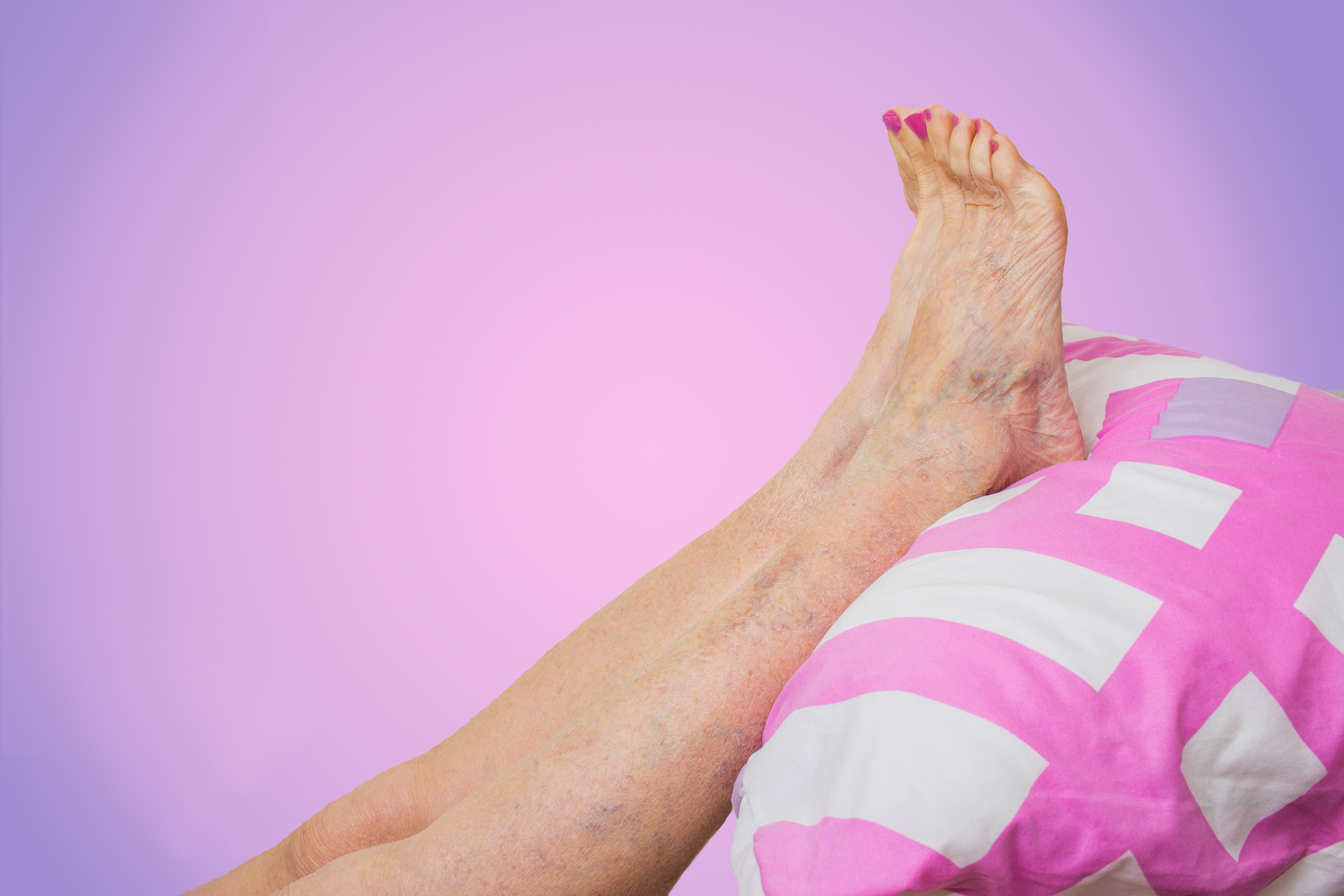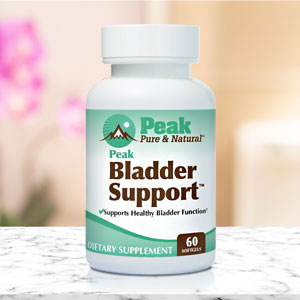Get Easy Health Digest™ in your inbox and don’t miss a thing when you subscribe today. Plus, get the free bonus report, Mother Nature’s Tips, Tricks and Remedies for Cholesterol, Blood Pressure & Blood Sugar as my way of saying welcome to the community!
6 ways to make your varicose veins and blood clot risk vanish

It happens every summer…
Millions of women find themselves looking longingly at a pair of shorts or a new swimsuit wishing they could put them on.
But instead, they throw on the same old beach cover-up they’ve worn for years. Why?
They’re too embarrassed by their varicose veins.
If you have varicose veins, this internal struggle is probably pretty familiar to you. You want to get into the spirit of the season and wear cute clothes. But those dang varicose veins keep cramping your style. Or maybe you’ve learned to wear what you want and embrace your body exactly how it is — varicose veins and all. And if that’s your approach, you rock! More power to you!
But either way — whether you’re self-conscious about your varicose veins or you don’t let a few veins get you down — you should know that varicose veins are more than a cosmetic issue. They could put you at increased risk for blood clots.
Varicose veins signal blood clot trouble
Varicose veins are generally a benign condition, but they can increase your risk for another condition that’s a lot more concerning…
A new study from researchers at Chang Gung Memorial Hospital in Taiwan found that varicose veins can significantly increase the risk for dangerous blood clots.
The study included data from more than 425,000 people. Half of these people had varicose veins, and those who did had a 5.3 times higher risk of developing deep vein thrombosis (DVT).
If you’re not familiar with it, deep vein thrombosis is a blood clot that forms in veins deep within your body. Typically, it occurs in your legs and causes symptoms like leg swelling, pain, red or discolored skin or a feeling of warmth in the affected leg. Sometimes, however, it doesn’t cause any symptoms.
Deep vein thrombosis is dangerous because the blood clot that develops in your leg can travel to other parts of your body. It can even cause something called a pulmonary embolism, where the clot gets lodged in your lungs and prevents you from breathing. And that can be deadly.
Tackling the serious side of varicose veins
So now you may have forgotten all about your seasonal struggle with shorts — you’ve got blood clots on the brain. But don’t let this latest information about blood clots stress you out. Instead, let it inspire you to tackle those varicose veins and lower your blood clot risk. Here are six natural ways you can do that:
- Try compression. Compression socks are one of the more popular ways to improve and prevent varicose veins. They’re far from glamorous, but they do work… and that’s what counts. Compression socks promote healthy circulation in your legs, and poor leg circulation is something most varicose vein sufferers struggle with. Compression socks are affordable, easy to find, and they even come in fun prints and patterns nowadays. These aren’t your grandparents’ compression socks! Compression socks won’t completely get rid of varicose veins, but they will make them less noticeable. They’ll also help prevent new varicose veins from forming.
- Exercise more. Varicose veins are often caused by a sedentary lifestyle. Sitting at a desk (or even standing) all day can take a toll on your circulation. That’s why exercise is so important if you’re prone to varicose veins. Most experts agree that exercise is one of the best ways to prevent new varicose veins from forming. But it can also lessen the appearance of existing varicose veins, especially if it leads to weight loss. Extra body weight puts more pressure on veins, which can make them bulgy and more noticeable.
- Eat more fiber. Some research suggests there might be a connection between varicose veins and constipation. In fact, one study found that countries that have fiber-deficient diets (like the U.S.) also tend to have more issues with varicose veins. Researchers suspect that’s because a lack of fiber leads to constipation, and the straining that accompanies constipation puts enormous pressure on your veins, which can lead to that bulging effect.
- Give horse chestnut a whirl. The herb horse chestnut is probably the most popular supplement used to treat varicose veins. Studies show it can help with chronic venous insufficiency, a condition where the vein valves in the legs don’t work properly leading to leg circulation issues. Many people who have varicose veins also have chronic venous insufficiency and vice versa.
- Turn to gotu kola. Gotu kola is another herb that can help with chronic venous insufficiency. Studies show it can even relieve symptoms like swelling and leakage from the veins, so you may want to give this Asian herb a try.
- Be sure to eat your bioflavonoids. Bioflavonoids found in foods like berries, leafy greens, garlic and onions promote healthy veins. So make sure to eat plenty of these foods. The flavonoids found in the bioflavanoid rutin have also been shown to strengthen the walls of the veins and ease the symptoms of varicose veins. You can get rutin in a supplement or in foods like apples, citrus fruits, figs, black tea, green tea and buckwheat.
Editor’s note: Have you heard of EDTA chelation therapy? It was developed originally to remove lead and other contaminants, including heavy metals, from the body. Its uses now run the gamut from varicose veins to circulation. Click here to discover Chelation: Natural Miracle for Protecting Your Heart and Enhancing Your Health!
Sources:
- Varicose Veins — Mayo Clinic. Retrieved March 5, 2018.
- Deep Vein Thrombosis — Mayo Clinic. Retrieved March 5, 2018.
- Varicose veins tied to higher odds for blood clots — MedicalXpress. Retrieved March 5, 2018.
- Varicose Veins: 7 Myths You Shouldn’t Believe — Cleveland Clinic. Retrieved March 5, 2018.
- P. Burkitt. “Varicose Veins, Deep Vein Thrombosis, and Haemorrhoids: Epidemiology and Suggested Aetiology” — British Medical Journal, June 1972.
- Varicose Veins — University of Maryland Medical Center. Retrieved March 5, 2018.














